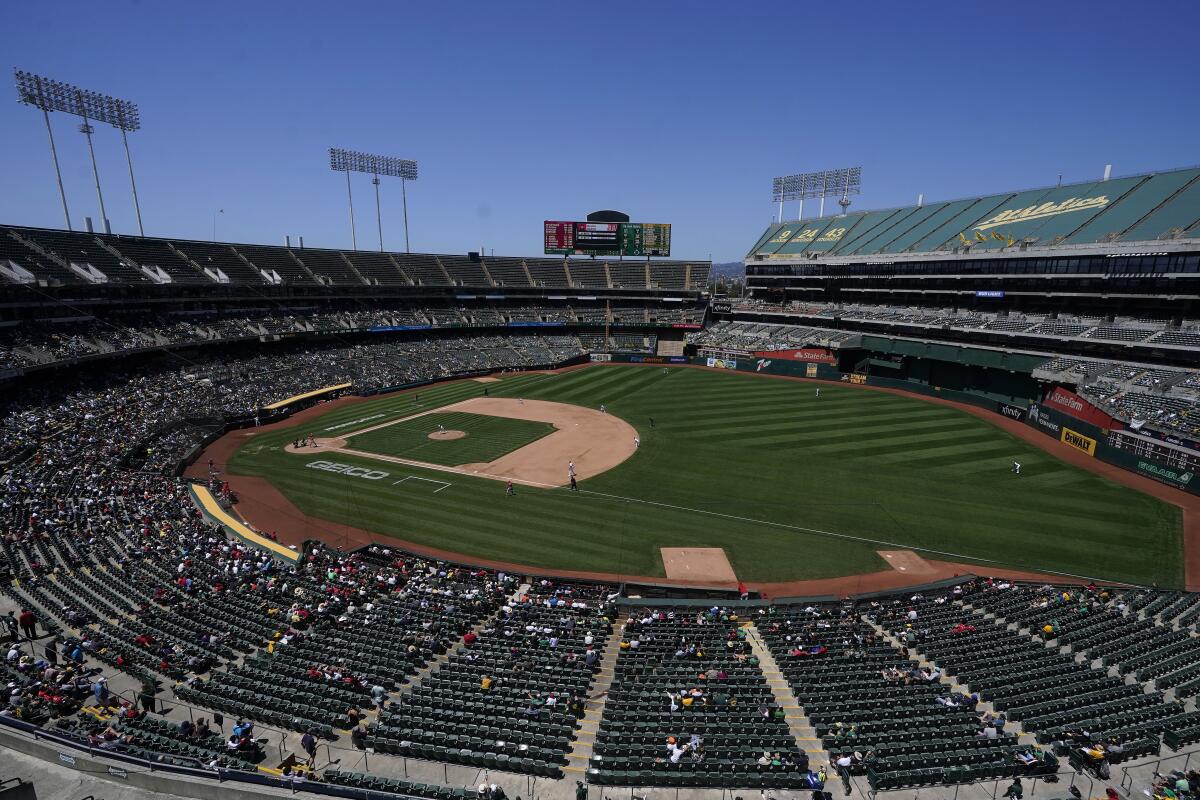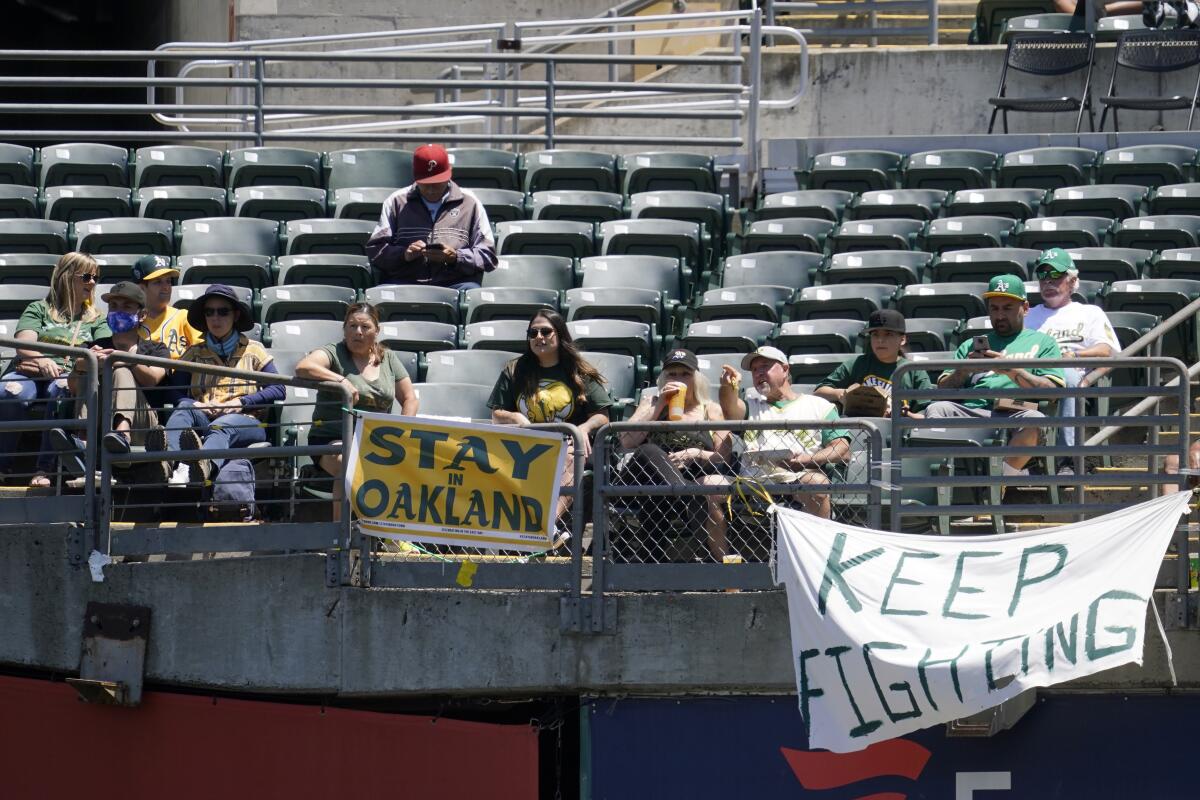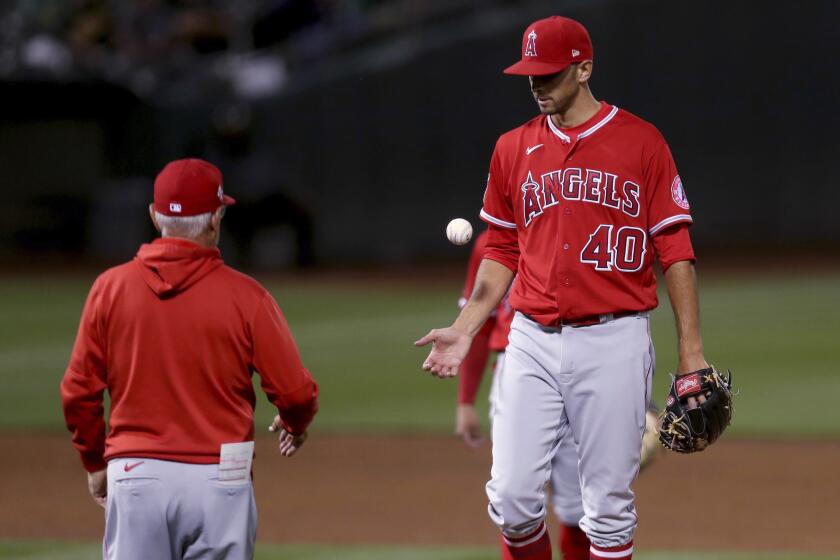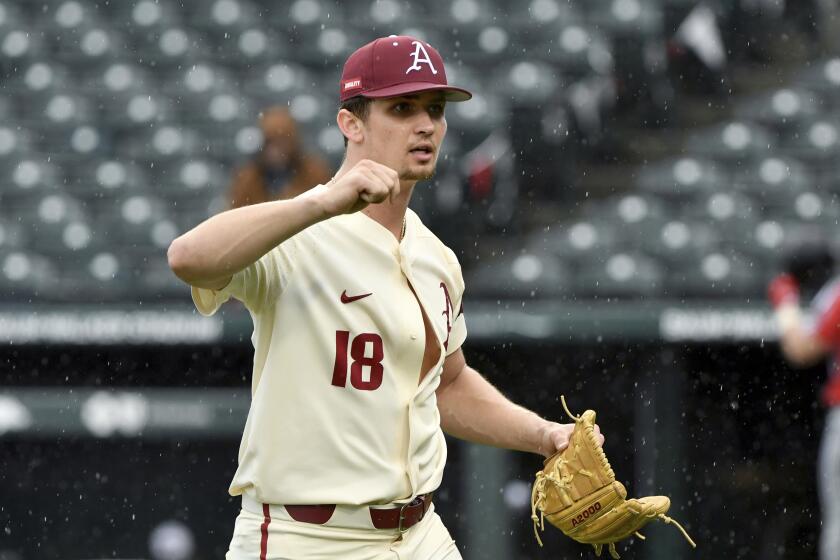Keep the A’s in Oakland? Is the Bay Area a viable two-team market?

On the field, the Oakland Athletics are a model franchise. The A’s, Houston Astros and the New York Yankees are the only American League teams to make the playoffs in each of the last three years. The A’s and Astros are on course to return to the playoffs this year; the mighty Yankees are not.
In the 21 seasons of the 21st century, the A’s and Yankees are the only AL teams to make the playoffs more often than not.
Off the field, the A’s are not so successful. The A’s are on their third radio station in four years. Their revenue has been so low they used to be recipients in baseball’s welfare program, before major league owners made teams playing in large markets ineligible. In 17 of the 25 games since reopening their ballpark at full capacity in May, they failed to sell even 10,000 tickets.
In one nine-game homestand, they attracted fewer than 10,000 fans for every game and fewer than 5,000 for the majority of the games.
Is a new stadium really going to fix all of this?
“I think a stadium is necessary,” A’s President Dave Kaval said. “It may not be sufficient.”
At the end of the 20th century, the San Francisco Giants were the Bay Area team playing before four-figure crowds in a multipurpose dump euphemistically called a stadium. The Giants got a new ballpark, and Barry Bonds, and three World Series championships. They’re all set now.
After more than two decades of waiting, Major League Baseball would like an answer to this question by the end of this season: Are the A’s getting a new ballpark in Oakland, or not?
Within baseball, however, some officials quietly wonder whether the A’s might as well move — not because they cannot secure a ballpark deal in Oakland, but because the Bay Area might no longer be a viable two-team market.
Angels relievers struggled in 2020, so the front office made a number of changes. The results haven’t been good. “We have to do better,” manager Joe Maddon says.
“We’ve been focused on solving the stadium issue and the location issue,” Kaval said. “We know that is required to have a successful franchise, and to support a second baseball team in the market.
“We know that is the path to create a team that can be on the same level as the Giants. You’re competing with the Giants for fans.”
The A’s also are competing with the Warriors, 49ers, Sharks and Earthquakes. No other major sports league has more than one team in the Bay Area.
The Bay Area is baseball’s smallest two-team market, about as large as the Inland Empire, smaller than such markets as Phoenix and Miami, which turned out to be poor choices as expansion sites for MLB.
Las Vegas might be a poor choice for MLB too. The Raiders sucked up nearly a billion dollars from a shrinking pot of public funding. The NBA covets Las Vegas, and the arena in which an NBA team could play is up and running already. By the time the A’s could get a new ballpark built there, they could be the fourth team in Vegas, a market half the size of the Bay Area.
Kaval said the A’s exploration of Las Vegas is at a “pretty early” stage. He said the team has commissioned a market feasibility study, in part to determine whether enough tourists would go to enough games to make desert baseball financially viable.

And, when the A’s dismiss their current Oakland Coliseum site as not viable for a new ballpark, they mean financial viability. If the taxpayers are not paying for a ballpark, and if the A’s instead are lining up $12 billion in private financing for an urban revitalization project that includes a ballpark, then you bet the team wants that real estate venture in the location most likely to make the most money.
Said Kaval: “People ask, ‘Why do you want this unbelievably bold and audacious plan at the waterfront?’ Well, the Giants have that on the other side of the Bay. We need something at that level to attract fans, and to get people excited about what is happening on and off the field, and to spend their entertainment dollars. That’s why we have put forth this incredible vision.
“It’s like the Sydney Opera House on the water. We think it’s better than Oracle Park.”
The Dodgers would have taken about 17 pitchers in a normal 40-round draft, and hitters were difficult to evaluate because of last year’s abbreviated season.
The A’s won’t say how close their opera house might be to reality. The negotiator for Oakland says the city has resolved the issue the team identified as most problematic in negotiations. The mayor says just one significant difference remains. Kaval wouldn’t say if he agreed with that characterization, but he did say he still does not know when he can get a binding vote.
It would be wrong to cite woeful attendance figures as proof the A’s cannot prosper in Oakland. The A’s have a dedicated and exuberant fan base, and the poor attendance is largely self-inflicted.
Oakland’s owners cannot spend years — or decades — trashing their current stadium, speaking out about how desperately they need a new ballpark, and letting fan favorites leave for other teams, then wonder where all the fans went. In 20 years, attendance crashed from a record 2.9 million in 1990, the year after the A’s last won the World Series, to 1.4 million.
Maybe the A’s should find a new home, where they would be the only MLB team in town. They had a new home in sight in San Jose, but the Giants would not let the A’s move there.
If the A’s do move out of the Bay Area, MLB could assess the team a relocation fee. Since the Giants would be the biggest beneficiaries of such a move, as one baseball official said this week, MLB ought to make the Giants liable for that fee.
More to Read
Go beyond the scoreboard
Get the latest on L.A.'s teams in the daily Sports Report newsletter.
You may occasionally receive promotional content from the Los Angeles Times.













